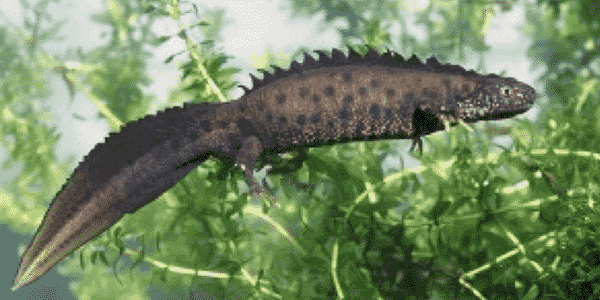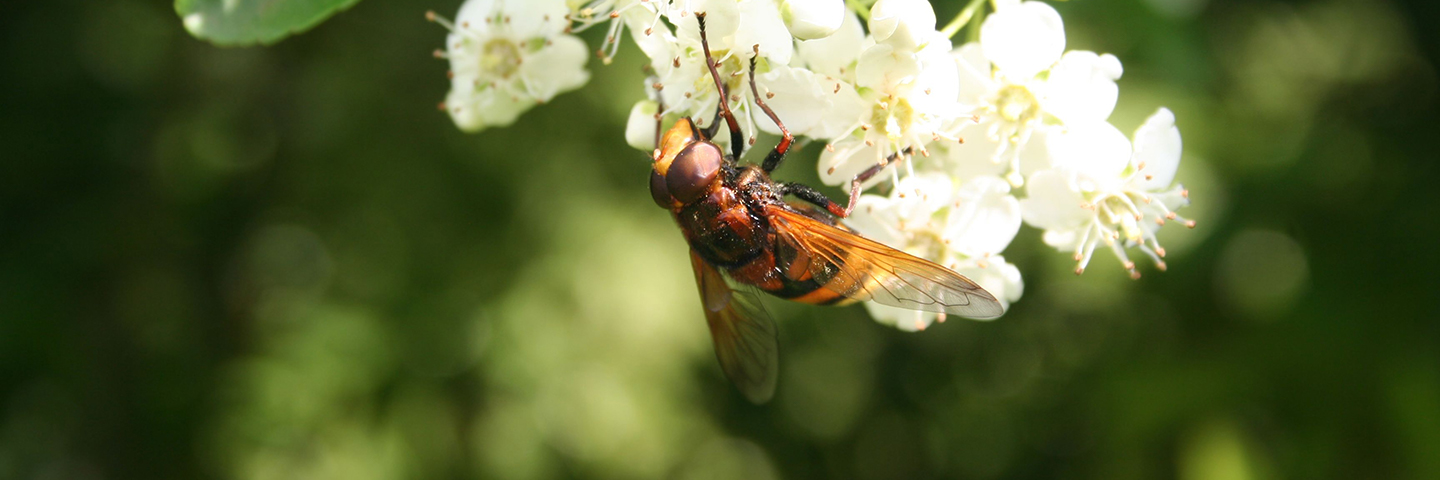Most of the reports we receive are of native species and there have been very few confirmed occurrences of Asian hornet in GB to date - for the latest information on the status of Asian hornet in GB see here. However, reporting sightings as you have done is hugely appreciated and important in assisting with surveillance of non-native species.
It would be extremely helpful to us if you could upload your record online at: http://www.brc.ac.uk/risc/alert.php?species=asian_hornet or through the free Asian Hornet Watch recording app for Android and Apple devices: https://play.google.com/store/apps/details?id=uk.ac.ceh.hornets or https://itunes.apple.com/gb/app/asian-hornet-watch/id1161238813. This helps us by adding your record directly into our species database where we will endeavour to provide feedback on the identity of the insect you have reported as soon as possible, and can share information with others involved with surveillance for this species.
Please include a photo of the insect if possible and safe to take one, or a detailed description if not. If you cannot take a photo but have a dead insect you can post the specimen to the address at the end of this email and we can check it and get back to you – please note if you can take a photo and enter it in the form or app there is no need to post the specimen. For further guidance on obtaining a sample please visit this pageon the National Bee Unit website.

Most of the records we receive are of the native European Hornet, Vespa crabro, which is actually slightly larger than the Asian Hornet, but with a lot more yellow on the abdomen. The queens, as with other bees and wasps, are larger, and are particularly noticeable in spring when they start looking for nesting sites after spending the winter inactive. The queens then set up a colony which disperse in late summer when hornets again become especially noticeable and are often attracted to outdoor lights at night time as well. Other reports include other wasp species, especially the larger queens, bees and a range of wasp and bee mimic hoverflies.
For more information on some of the common insects which are often confused with Asian hornet, see the following:
https://secure.fera.defra.gov.uk/nonnativespecies/downloadDocument.cfm?id=646
https://secure.fera.defra.gov.uk/beebase/downloadDocument.cfm?id=698
The Bees, Wasps & Ants Recording Society (BWARS) have an excellent website on which more information on native species can be found. For example, information on the European Hornet can be found here.
For more information on Asian hornet, see the following:
http://www.nonnativespecies.org/alerts/index.cfm?id=4
http://www.bwars.com/sites/www.bwars.com/files/info_sheets/Velutina_20160921_0.pdf
Thank you again for this report – such reports are extremely useful for non-native species surveillance. Please do report future sightings of concern by using the on-line form here




